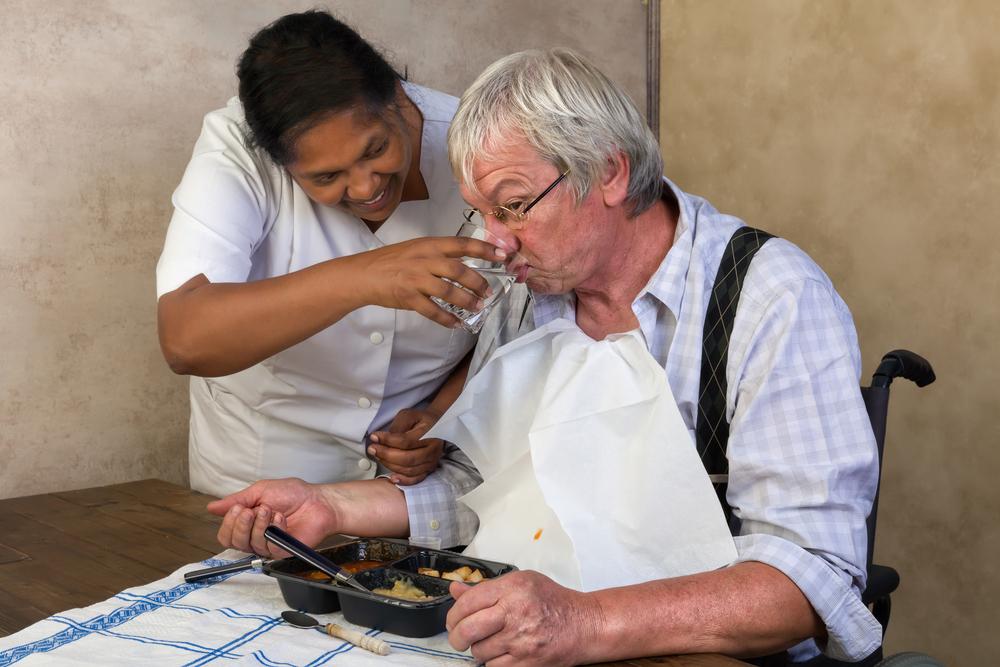
Treating Dyskinesia for Patients with Parkinson’s Disease
Dyskinesia is basically an involuntary movement which is beyond your control and is abnormal. In some cases, it affects a single body part while for some patients suffering from this disease, the movements of the entire body get compromised. To an observer, these movements may look like fidgeting, head bobbing, or even body swaying. It is often associated with patients suffering from Parkinson’s disease and the severity differs from case to case.
It is crucial to understand that Parkinson’s disease warrants a patient to use levodopa, which is attributed to be the main cause of dyskinesia. Dyskinesia is also most aggravated when a few other symptoms such as Parkinson’s tremors, stiffness, and slowness are well regulated. Sometimes, it may be caused due to extreme excitement or stress.
Overall management of dyskinesia
In some cases, dyskinesia would not be as bothersome, but for patients who face extreme discomfort, some of the following steps may be taken to keep it under control:
- Since levodopa is the main cause of dyskinesia, you may speak to your physician and alter the doses so that the dosage is not in excess and the symptoms remain under control.
- A continuous infusion of levodopa or a formulation that controls the levels of dopamine in the body consistently may help in controlling the occurrence of dyskinesia.
- There is another option known as deep brain stimulation (DBS), but it isn’t possible for everyone. This may be considered by people who have been suffering through Parkinson’s disease for more than four years and have regular episodes of dyskinesia too. However, it requires expertise and very precise hands to carry out a surgery like this and hence, you should weigh this option very carefully.
- Another option is to take Gocovri which facilitates an extended release of amantadine to alleviate dyskinesia, often occurring with Parkinson’s tremors. It was not an option until very recently, but it has been used to treat dyskinesia ever since.
- In the case of tardive dyskinesia, your physician or doctor may administer valbenazine, sold under the name of Ingrezza, for treating the symptoms.
- While adjusting the dosage of levodopa is the primary trick towards controlling your dyskinesia, you may also choose to have it in very smaller dosages a lot more frequently so that the effect does not wear out and the chances of dyskinesia go down.
- For better management of levodopa, you may also consume it about 30 minutes before your meals, so that this dosage does not hamper with the proteins in your meals and does not aggravate Parkinson’s tremors or any sort of dyskinesia.
- Depending on the severity of your situation, you may also get started on an exercise plan, mainly consisting of swimming or walking. However, you must get an expert advice regarding this.
- Some studies suggest that stress may make dyskinesia really bad and hence, stress management is quite important. Try out techniques such as meditation, deep breathing, yoga, and other therapies to combat stress.
- Before you develop dyskinesia, you may avoid it by preventing it in the initial stages of getting Parkinson’s disease. In order to adopt this technique, you may start using a dopamine receptor agonist with the help of monotherapy.
We understand that living with dyskinesia may be very tough. Parkinson’s disease may also pose itself as a challenge and with the added complication of dyskinesia, your daily life may be hampered easily. You may use any of the aforementioned methods to ensure an efficient management of dyskinesia.


